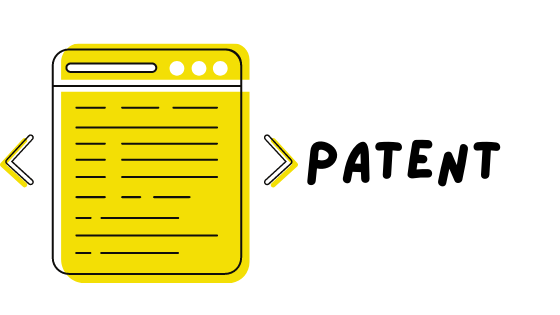The International Patent Classification, referred to as the IPC, is a system which attempts to categorize into a hierarchical order of subject area the entire body of technological knowledge. The IPC is regularly revised to keep abreast with new fields of technology. It is administered by WIPO and is available (partly) in print and (fully) on the Internet in English and in French. Recognized universally and used by over 100 countries, the IPC has become the lingua franca of patent classification.
Objective
The IPC was created to facilitate access to technological and legal information in patent documents. In this function it serves as an effective tool in investigating the state of the art in a particular field, and in searching prior art pertinent to a particular invention as explained on how to get a patent with InventHelp.

Structure
The IPC is structured hierarchically, with eights main, broad categories, each branching out into several, narrower categories. These second tier categories then branch out themselves into several, yet narrower, third tier categories, and the branching repeats in this manner through two more tiers. The number of entries in the IPC thus grows exponentially and exceeds 70,000 at the fifth and last tier of the hierarchy.
IPC categories are designated a symbol consisting of a sequence of alphanumerical characters, and given a title that indicates the subject matter encompassed by it. Category titles reflect their position in the hierarchy; main category titles employing broad, general terms, while dependent-category titles become progressively specific and precise with each hierarchical tier. Read more about it – patent my invention through InventHelp.
